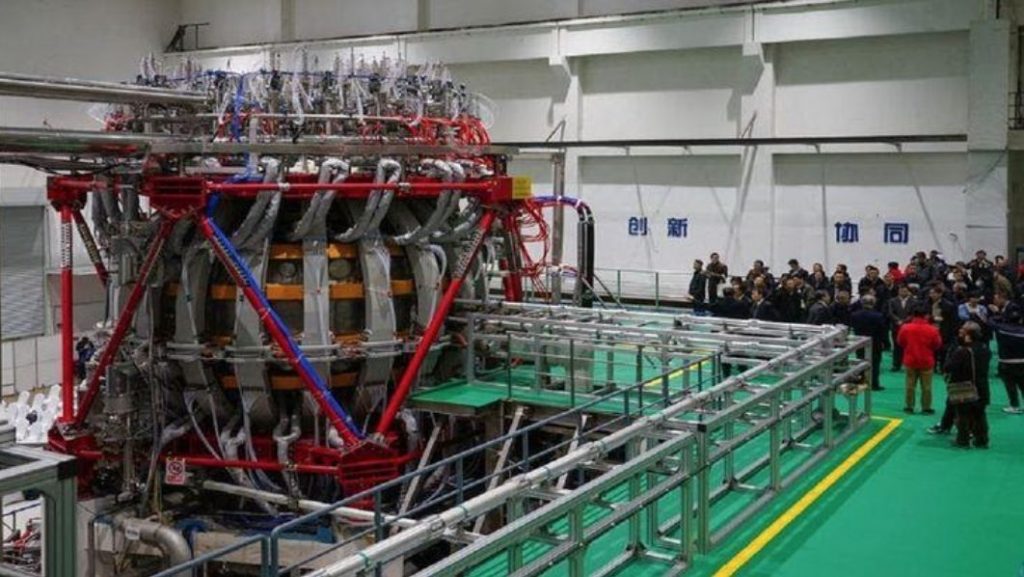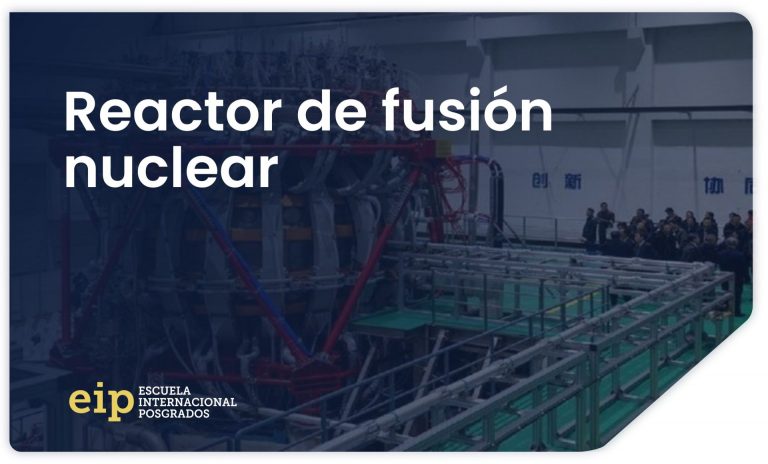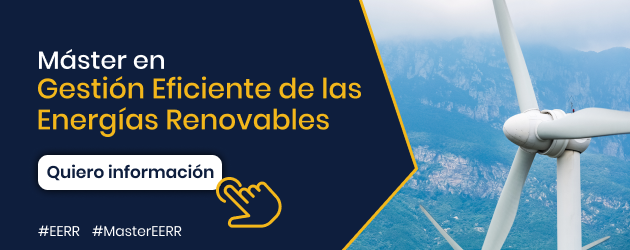They recreate an artificial Sun on Earth
In previous articles it has already been discussed in our Blog about Renewable Energy on nuclear energy and “green” reactors, talking about the difference between fusion and nuclear fission and commenting on its advantages and disadvantages.
In today's article we are going to focus on a topic that until a few days ago was science fiction, but has become reality. We talk about the creation of an “artificial sun”
In cinema there are several films in which a scientist tries to create an unlimited energy source for humanity, but everything ends up going wrong.
In the case of “Spiderman 2” (Sam Raimi, 2004) the villain of the film, Doctor Octopus, He manages to recreate the power of the sun in his laboratory by creating a nuclear reactor, which ends up becoming a serious threat to the entire city of New York and the United States.
real case
In this case, reality has surpassed fiction.
Some days ago, China has reported that a successful trial has been carried out recreating what they have called an “artificial sun”. This term is nothing more than a nuclear reactor with an enormous capacity capable of generating unlimited energy, just as occurs on the surface of the solar star.
In this specific case It has been possible to obtain up to five times the temperature of the Sun for a total time of 17 minutes. That is, more than a thousand seconds at a temperature of 70 million degrees Celsius.

Photography: Artificial sun (HL-2M Tokamak Reactor)
Purpose of this project
The purpose of this project is get a way to produce clean and unlimited energy reproducing the nuclear fission reactions that take place naturally within stars, which would cause a revolution in the paradigm of the energy sector.
This project has had a investment close to a trillion dollars and has just begun, the different fusion tests are expected to last until July 2022.
Nuclear energy is “riskier” and has more advantages
This type of nuclear energy is “riskier” than conventional Renewable Energy, but it could be considered within this type of energy, since the raw materials (mainly hydrogen) are constantly renewed and are found in abundance in nature, in addition to having the important advantage that they do not generate nuclear waste, as is the case. with traditional nuclear fission processes.
According to one estimate, for the average lifespan of a human being of eighty years, less than 100 grams of hydrogen would be enough to produce enough energy to cover his energy needs throughout his life. A negligible value compared to the number of tons of natural gas, coal, oil and other traditional fuels that are necessary to produce energy by traditional methods. In the case of Renewable Energies, relatively large quantities are also needed compared to Hydrogen, but the raw material is constantly renewed and does not generate waste; that is to say, It has many more advantages than disadvantages.
In nuclear fusion, the atomic nuclei are not separated, but rather a “new” atom is obtained from two different atoms, obtaining a relatively significant amount of energy (taking into account that it is for one atom and matter is made up of millions of atoms). ) that is potentially usable to produce electrical energy.
In Europe, mainly in France (the country with the most nuclear power plants in use on the continent), There are already plans to start similar research projects that allow obtaining energy in a clean and renewable way. In the United Kingdom there is the “STEP Project” (Spherical Tokamak for Energy Production), which aims to supply energy to all British homes by 2040.



































